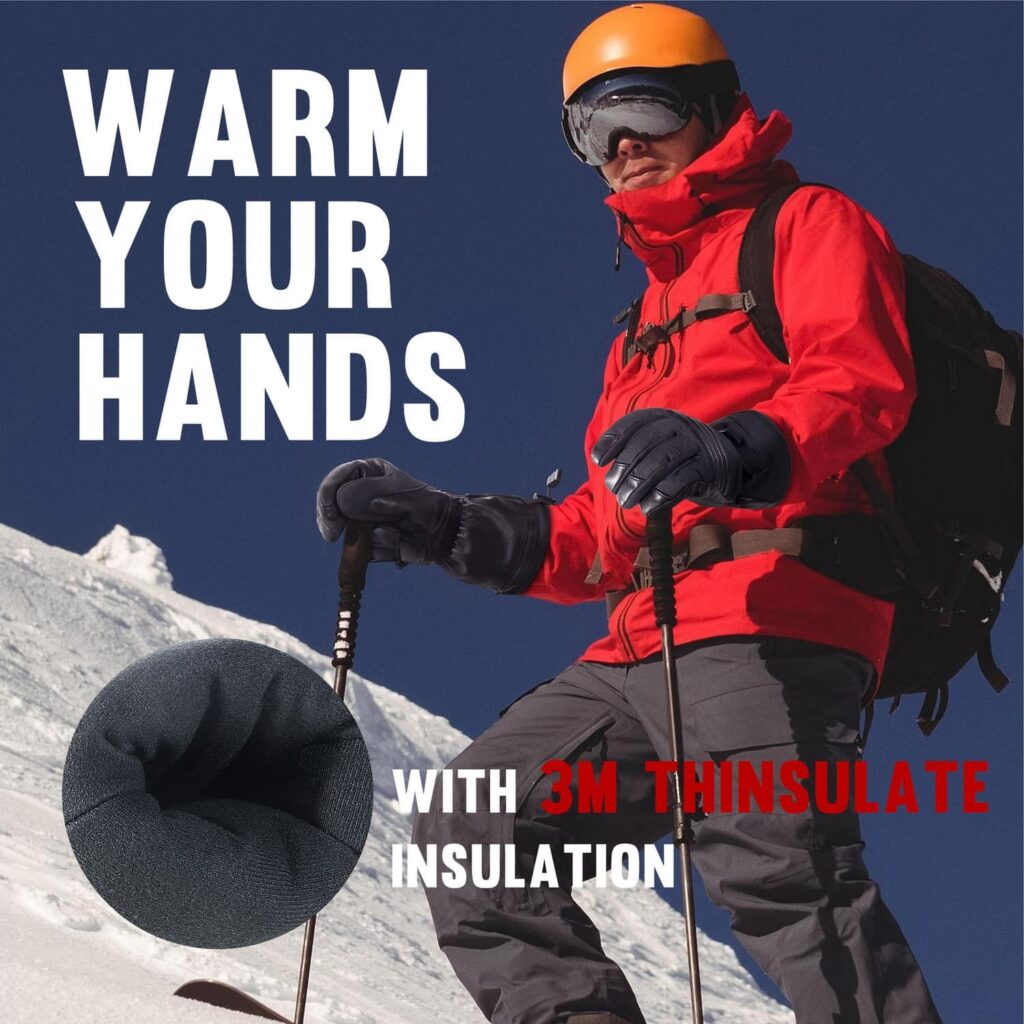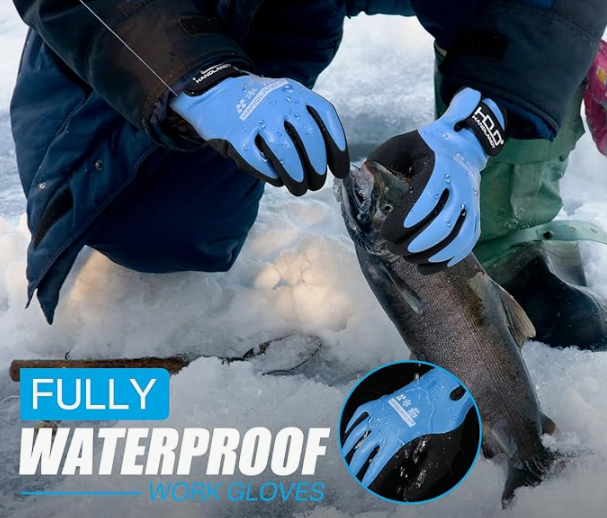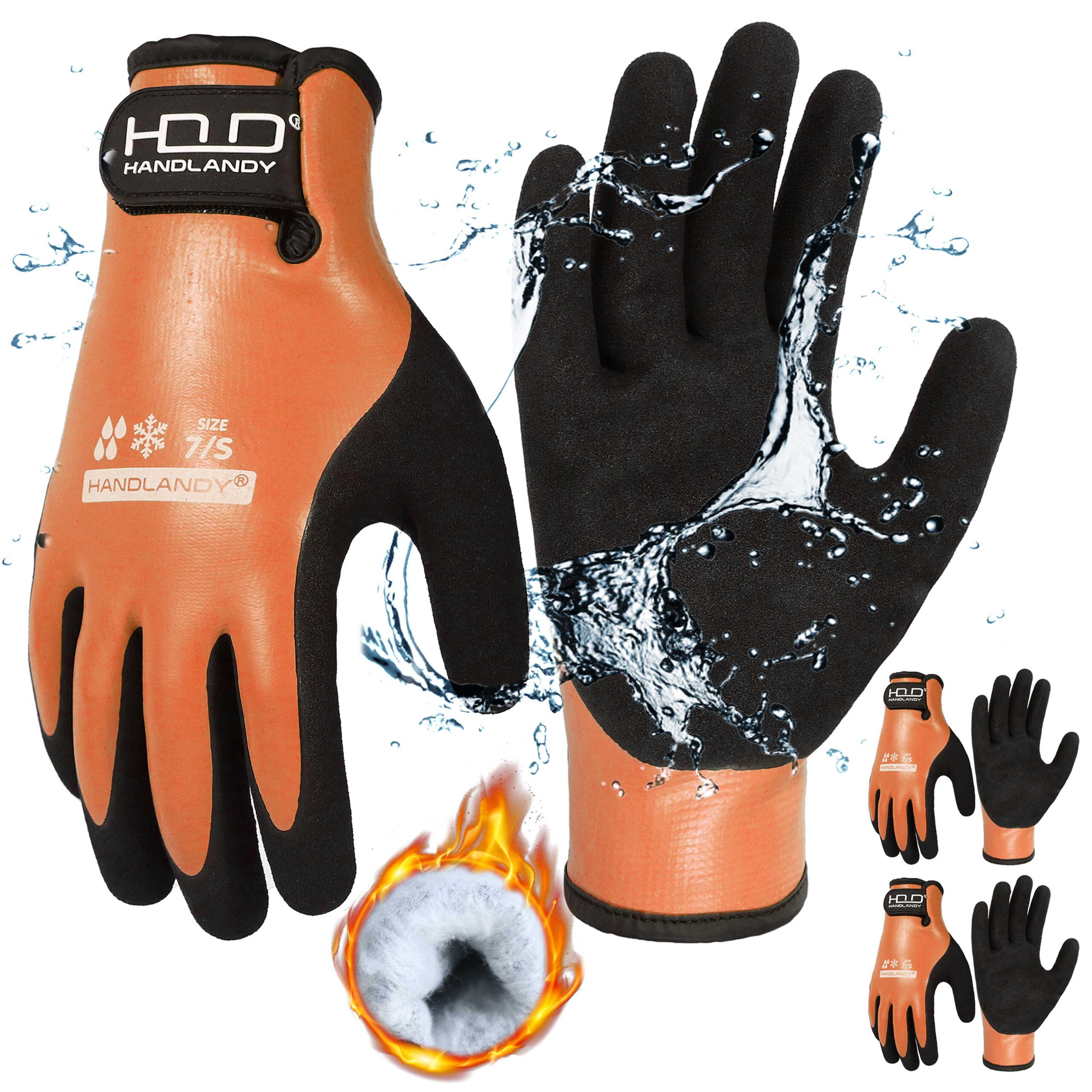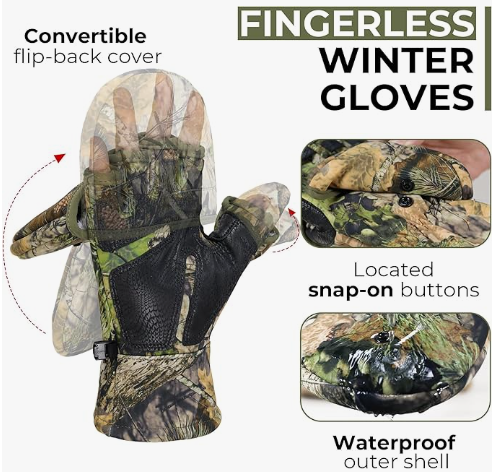Yes, ski gloves should be waterproof to keep your hands dry, warm, and comfortable in snowy or rainy conditions. Wet gloves can lead to cold hands, discomfort, and even frostbite. Waterproof ski gloves use special materials like GORE-TEX or a DWR (Durable Water Repellent) coating to prevent moisture from entering while allowing sweat to escape.

1. Why Do Ski Gloves Need to Be Waterproof?
1.1 Keeping Hands Warm
- Wet gloves lose insulation, causing hands to get cold quickly.
- Waterproof gloves help trap warmth and prevent heat loss.
1.2 Enhancing Comfort and Grip
- Dry hands improve grip on ski poles and equipment.
- Wet gloves can become heavy and uncomfortable.
1.3 Preventing Skin Issues
- Prolonged exposure to wet gloves can cause frostbite in cold conditions.
- Damp environments encourage bacterial and fungal growth, leading to irritation.

2. Waterproof vs. Water-Resistant Ski Gloves
| Feature | Waterproof Gloves | Water-Resistant Gloves |
|---|---|---|
| Protection Level | Fully waterproof | Repels light moisture |
| Best For | Wet snow, rainy days | Dry, cold conditions |
| Breathability | Moderate to high | Higher breathability |
| Durability | Longer lifespan | May absorb moisture over time |
- Waterproof gloves are ideal for wet conditions but may have reduced breathability.
- Water-resistant gloves work in dry, cold climates but may not handle heavy snowfall.
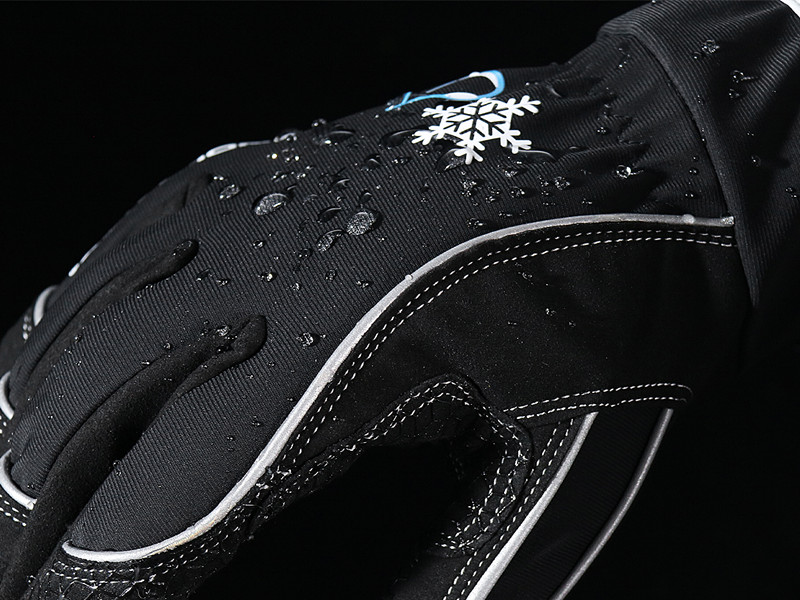
3. What Makes a Ski Glove Waterproof?
3.1 Waterproof Membranes
- GORE-TEX, Hipora, or DryRide materials block moisture while allowing sweat to escape.
3.2 DWR (Durable Water Repellent) Coating
- A DWR treatment repels water, preventing it from soaking into the fabric.
3.3 Sealed Seams and Cuffs
- Tightly sealed stitching and adjustable cuffs keep snow from getting inside.
4. When Are Water-Resistant Gloves Enough?
- In cold but dry conditions, fully waterproof gloves may not be necessary.
- Frequent hand movement (e.g., ski touring) may require better breathability.
5. How to Maintain Waterproof Ski Gloves
5.1 Cleaning and Drying
- Wash gloves with a mild detergent and avoid harsh chemicals.
- Air-dry away from direct heat to preserve waterproofing.
5.2 Reapplying DWR Coating
- Over time, the DWR layer wears off. Use a DWR spray to restore water resistance.
5.3 Storing Properly
- Store gloves in a dry place to prevent mildew and odor buildup.
Conclusion
Waterproof ski gloves are essential for keeping hands warm, dry, and comfortable in wet conditions. While water-resistant gloves may work in dry weather, fully waterproof gloves provide the best protection against snow and moisture. Choose gloves with GORE-TEX membranes, DWR coatings, and sealed seams for maximum performance.
Need help picking the right ski gloves? Drop your questions in the comments below!

